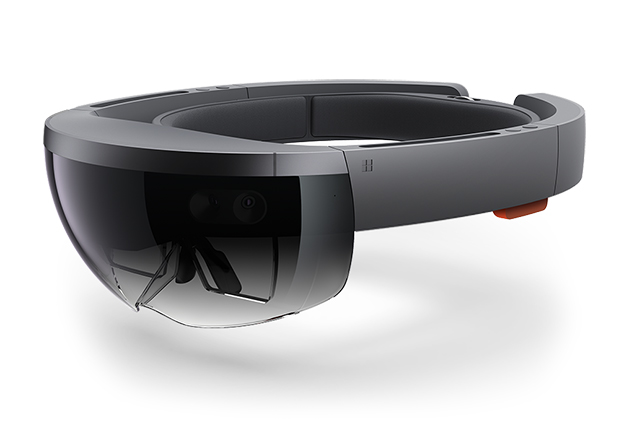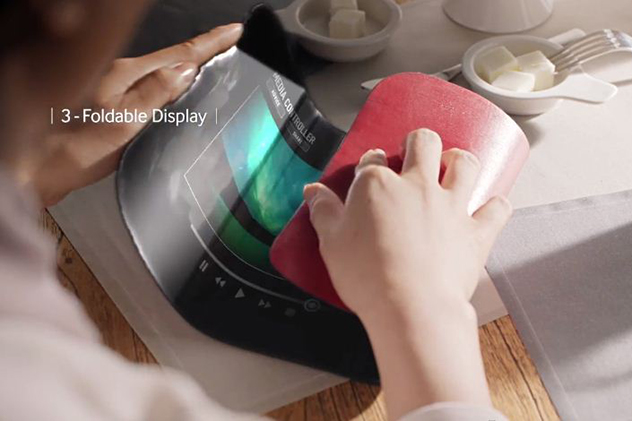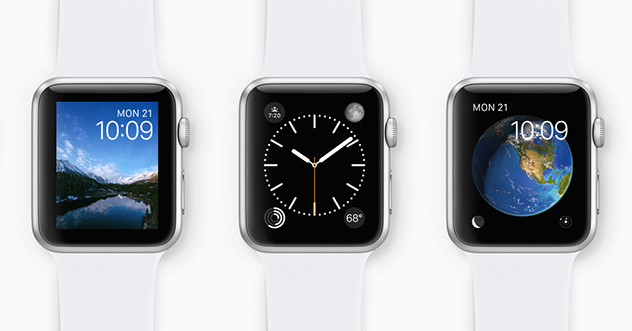In what feels like eons ago, but in reality was really just the year 2006, Nintendo released the revolutionary WII. It’s unique interface allowed user interaction and a certain ‘virtual’ gaming component that hadn’t been seen on such a scale before. The WII’s innovative technology, along with its sleek design, family-friendly game collection and relatively affordable pricing quickly shot the gaming system to commercial success.
While its initial popularity has declined within recent years, as all latest and greatest technology tends to do, the impact of the WII’s groundbreaking interface has rippled throughout the tech industry, as many large companies have since heavily invested in the development of virtual reality. Facebook, for instance, purchased Oculus Rift VR last year and Sony is currently working on Project Morpheus, an advanced VR gaming headset.
Microsoft however, has decided to take a different approach by focusing more on augmented reality, which simply integrates inanimate images with the real world (Holograms), whereas virtual reality completely immerses you in an alternate experience, totally disconnecting you from actuality.
Their groundbreaking AR product is called HoloLens, and Microsoft announced its presence to the world with this short but amazing introductory video:
Instead of focusing strictly on gaming potential, which does seem to be the natural application for both augmented and virtual reality, the video demonstrates engineers getting creative with prototypes, and a father giving his daughter a plumbing lesson by creating literal pointers in thin air.
Room is spared as the Hololen’s wearer opts to watch television on a holographic television that isn’t really there at all and a busy employee gets to communicate, receive and view files as she’s in transit- without ever having to slow her pace. The consumer potential with such a product seems limitless.
From a business perspective, Hololens, if it’s a commercial success, will throw open the doors to marketing and advertisement potential. Should HoloLens surge in popularity, as many techperts are predicting, it will be yet another opportunity and platform to build upon brand recognition- another platform to be permeated. Much like IGA and Advergaming took advantage of the video game industry, Hololens could set the stage for marketing via augmented reality.
As the late Steve Jobs and many tech enthusiasts agree, the next great computing platforms are often marked by revolutionary interfaces- something that offers users applications they wouldn’t have necessarily needed or previously thought of, but from their inception becomes indispensable. Microsoft seems poised to release such an innovation with Hololens. What do you think? Is Hololens the next great technology game changer?





Tell us your thoughts in the comments